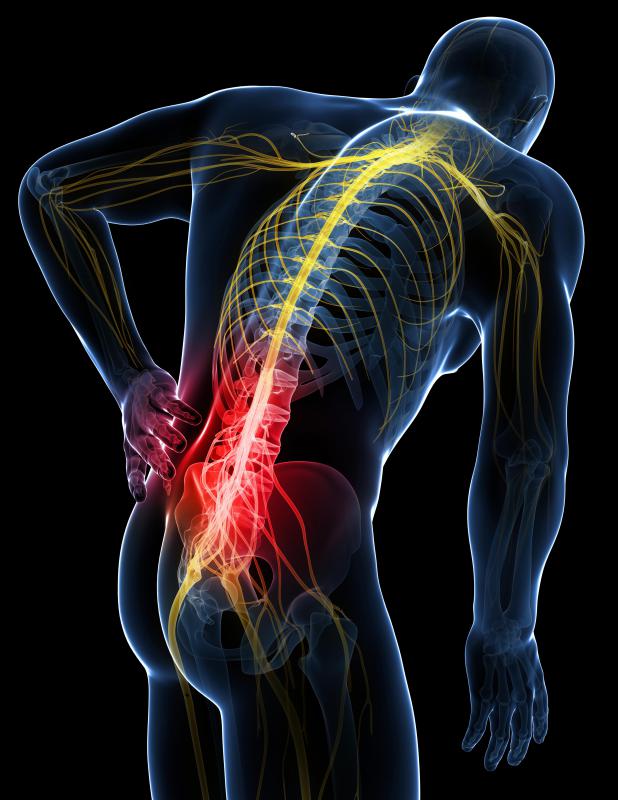At WiseGEEK, we're committed to delivering accurate, trustworthy information. Our expert-authored content is rigorously fact-checked and sourced from credible authorities. Discover how we uphold the highest standards in providing you with reliable knowledge.
What is Electromyography?
Electromyography (EMG) is a diagnostic medical test that evaluates skeletal muscle activity. This test often is carried out in conjunction with a test called a nerve conduction study. This allows a doctor to evaluate muscle health at the same time as testing the activity of the nerves that control those muscles. Electromyography and nerve conduction tests can be used to diagnose diseases of the muscles and nerves, such as muscular dystrophy, amyotrophic lateral sclerosis, carpal tunnel syndrome and sciatica.
The activity of muscles and nerves creates electrical energy that works to tell muscles when to move, because motor neuron nerve cells send electrical signals that cause muscle cells to contract. Healthy muscles and nerves generate characteristic electrical patterns during activity. When someone undergoes electromyography, his or her muscular electrical activity is recorded and compared with a known normal baseline. This comparison is then used to help diagnose muscular disorders. When a nerve conduction study is carried out at the same time, nerve activity also can be evaluated.

During this test, several needle electrodes are placed on the patient’s skin. Needle electrodes are a type of electrode with a needle attached. The needle is inserted into a muscle so that its electrical energy can be recorded as the muscle moves. The electrodes can record electrical energy emitted by muscles and nerves, as well as the strength and speed of transmission of electrical energy. The energy patterns are recorded and interpreted by a computer.

No particular preparation is required to undergo an EMG, but it is best to avoid using any body creams or lotions on the day of the test, because these can make the electrodes less adhesive. Electromyography is not a risky procedure. The amount of electrical energy to which a patient is exposed is very weak and poses no danger. Some people experience discomfort similar to that of a mild electric shock, and the needles inserted into muscles cause a level of discomfort similar to that of an injection. There is a very small risk of nerve injury, infection or bleeding caused by needle insertion.

Electromyography in conjunction with nerve conduction studies can be used to diagnose a wide range of muscular and nervous disorders. In addition to dystrophies that affect the muscles, this combination of tests can help diagnose peripheral neuropathy disorders and motor neuron disorders. Diseases that affect junctions between nerve and muscle cells, such as myasthenia gravis, also can be diagnosed with this combination of tests.
AS FEATURED ON:
AS FEATURED ON:















Discuss this Article
Post your comments